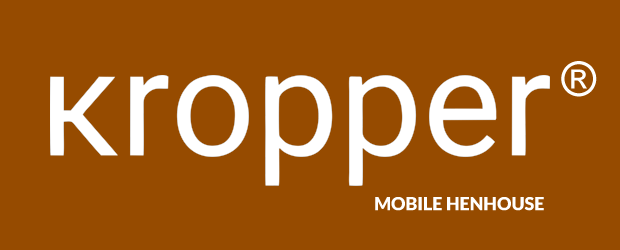Cannibalism among chickens – causes and prevention
Cannibalism is a behavioral disorder that has nothing to do with aggression in hens. This behavior is the fulfilment of a natural need to forage for food, but also a manifestation of boredom in the flock. The hens become overly interested in each other and feathers are pecked out at each other, which is considered to be a kind of precursor to cannibalism. In this case, individual feathers are plucked and eaten by deliberate beak strokes towards other hens. Preference is given to areas on the neck, back, upper sides of the wings and base of the tail.
And from feather pecking to cannibalism is not really far…

The transition from this stage to cannibalism can be accelerated by visible injuries to the animals where feathers are pecked out. Small, bleeding wounds increase the pecking instinct, which leads to a worsening of the injured hen’s condition. In addition, the hen may start pecking not only the feathers but also the fingers. Bleeding caused by spontaneous pecking on healthy fingers will prompt the hen to launch further pecking attacks.
But not only blood can be a stimulus for hens’ aggressive behavior.
The shiny, bulging mucous membrane of the cloaca during egg laying also encourages pecking. Hens that observe other hens pecking at the anus of another hen also start pecking. Suddenly hierarchy no longer matters, although it is known to be very important for hens and even considered the most stable in the animal world. Distressed hens are usually unable to defend themselves, nor can they rely on other hens to defend them. The intensity of the pecking can be so great that hens affected by cloacal cannibalism are literally eaten from behind.
Another possible factor for cannibalism among hens is an unfavorable climate in the poultry house. Too low humidity, too high temperatures or too much light can unsettle the birds and trigger this behavior.
Stress caused by insufficient nest space, irregular feeding, parasite infestation or vitamin and mineral deficiencies can be another possible factor. Although the last factor seems to be the least likely cause of cannibalism, as ready-made hen feed mixtures are optimised for nutrients, it cannot be ruled out that the hens have a calcium or salt deficiency in their bodies.

What should we do if we observe symptoms of cannibalism?
When this situation occurs, the behaviorally disturbed animals should be separated from the injured hens as soon as possible. Unfortunately, it is very likely that the cannibalized hens will continue to injure each other, but this is the only way to prevent more severe injuries to the affected hens and the further development of cannibalism in the flock.
If the two groups are separated, one should immediately start looking for the cause and eliminate possible triggers of such behavior and, above all, intensify the care of the animals and call in professional help (e.g. a veterinarian). It is also worth checking the climatic conditions in the poultry house to avoid increased nervousness of the animals, which can lead to feather pecking and cannibalism. The ammonia content of the air, which should be below 15 ppm, and the temperature, which should fluctuate between 18-20 °C without draughts, should be noted.
In addition – you can give the hens salt (NaCl) and also give them access to a source of calcium (e.g., by feeding them oyster shells) – a lack of these nutrients in the body can lead to increased nervousness and behavioral problems in the birds. Another way to combat feather pecking and cannibalism is to change the lighting to red. However, it is important that the lighting is uniform throughout the house, as a partial change can only make the situation worse. In the case of redness or sores in hens, red lighting can prevent them from being detected by other animals.
What can be done to prevent feather pecking and cannibalism?
As a first step, you should ensure that the hens have constant access to litter (the material must be loose, dry, of high quality and not harmful to health). Suitable materials are straw, wood shavings, wood chips and wood pellets. At the beginning, a mulch height of 1 to 2 cm is sufficient (“less is more”, i.e., it is better to re-spread more frequently).
In addition to the litter, other variable occupational material should also be continuously offered to the animals. (e.g., hay baskets, straw / straw bales, grains in the litter, etc.). In addition, it can be useful to offer suitable pecking and scratching through wire baskets with e.g., cabbage or carrots. However, the occupational materials should be renewed or replaced regularly to maintain their attractiveness for the animals.
When selecting materials, care should be taken that they are hygienic and do not pose a danger to the hens.
Offering a sand bath provides an additional opportunity for plumage care and occupation. A cold scratching area and a paddock provide outdoor climatic stimuli and enrich the housing environment.

In summary, the causes of feather pecking in hens are indeed diverse – and although cannibalism and feather pecking have been known among poultry farmers for generations, modern research has not yet been able to fully explain this undesirable misbehavior.
To ensure the hens’ welfare, it is important not to introduce new birds into the flock, to monitor their behavior regularly and to control the house climate. The hens should have frequent access to food to avoid “starvation”. The lack of light in the nests can in turn prevent feather pecking in the cloaca area, where cannibalism often develops. Let’s remember to take care of our chickens in every way!



